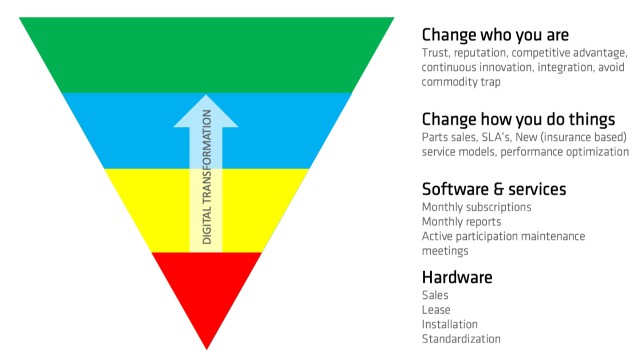Our Approach
The only way to successfully integrate IoT is to get the whole organization on board
Step 1. Research & Consultancy
A digitalization journey affects many different disciplines, involved in design, manufacturing, sales, and operating/maintaining of capital machinery. Digitalization should lead to innovative service models up to full servitization of machines built by the OEM. It often starts with understanding a number of questions around the working-principles and of major root-causes for machinery downtime.
Step 2. Sensor, data transmission & battery selection
What to measure
How to transmit the data
How to power the system
IMBU has extensive experience in selecting the right ingredients to successfully design and build a product that meets expectations and provides a base for the future. Sensor selection is driven by machinery working-principles and identifying major root-causes of machinery failure. However, power-consumption and environmental requirements are also critical requirements. Reliable performance of optical sensors requires lenses to stay clean and low power consumption typically prefers a 0-10VDC output signal over a 4-20mA current loop, just to give two examples.
Step 3. Electronics & enclosure design
As IMBU designs electronics in-house, we are in a good position to optimize the design, not only to requirements around sensors, communications and battery but also to get to a form-factor that seamlessly fits the machine on which the electronics will eventually be placed.
Antennas
Integrating antennas can be tricky. Having them sticking out makes them vulnerable. Having them integrated may affect their efficiency and limit the reach. We have a good feel for how antennas can be integrated without losing efficiency. This is often required for use in marine environments where our products face a tough life (i.e. using PU Rubbers as an outer-skin of the product as it gives robustness and an IP68 level of protection).
A well-designed product should remain simple to assemble and economical to produce.
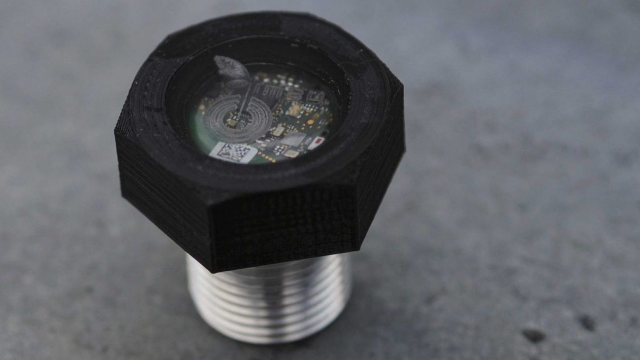

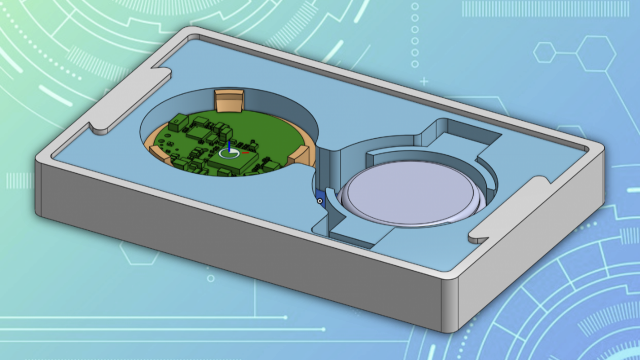
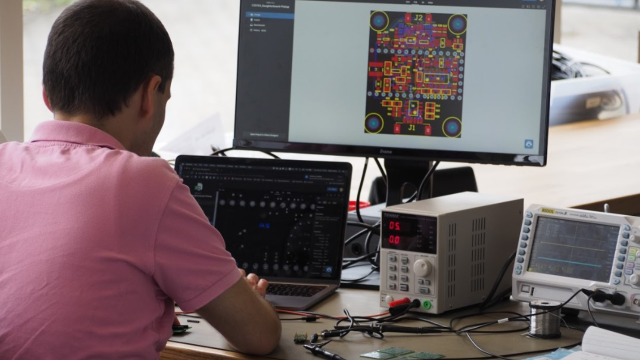
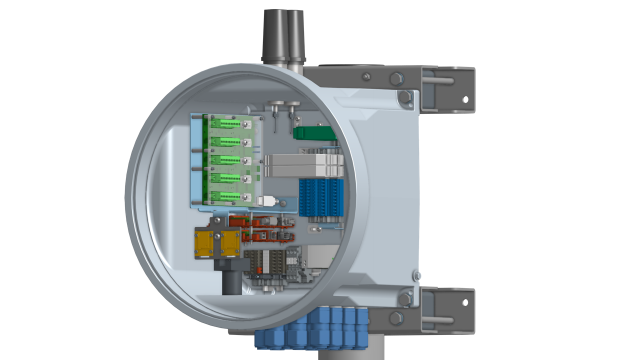
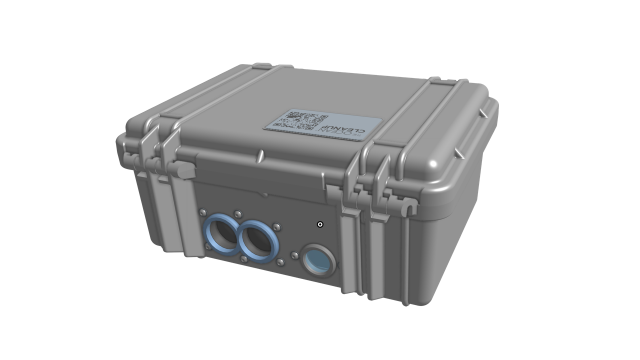
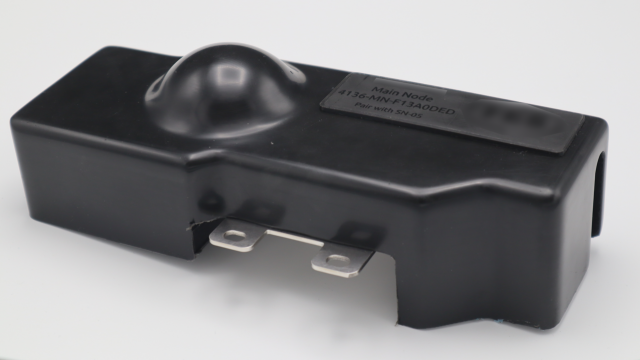
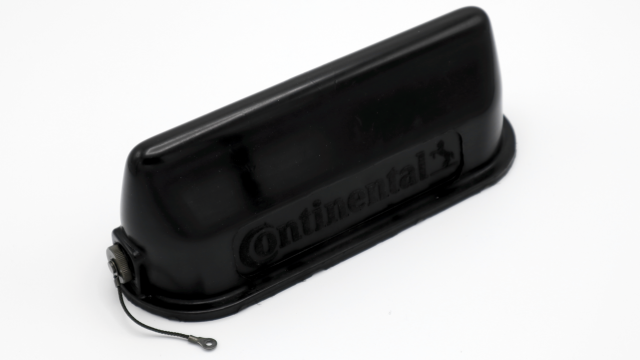
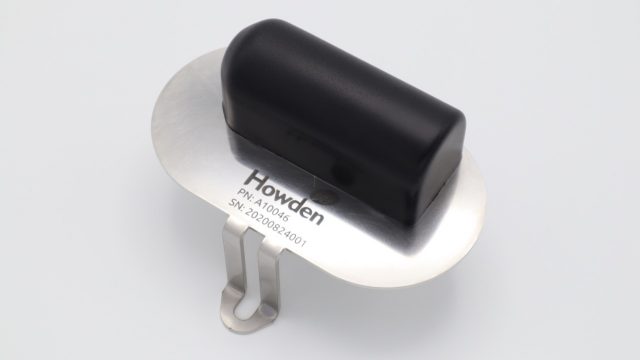

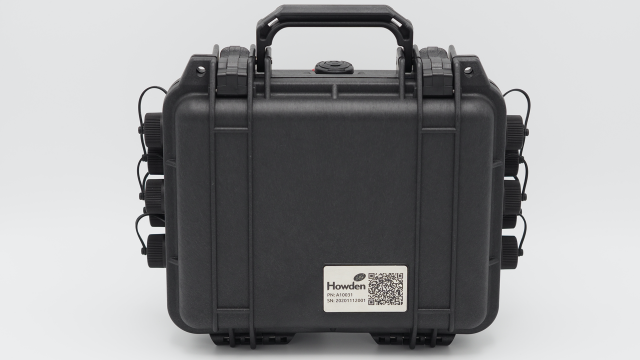
Step 4. Digital twin
Analytics & Development
Nowadays, obtaining data-sets is the easy part. Converting data into deep & effective insights is a big challenge. IMBU uses advanced mathematics to e.g. build physics-based digital twins, perform statistical analysis, and machine learning in order to generate actionable notifications to equipment users. Data by itself does not present a huge value unless it is processed in order to gain deep, effective & actionable insights into machine performance and condition.
Read More
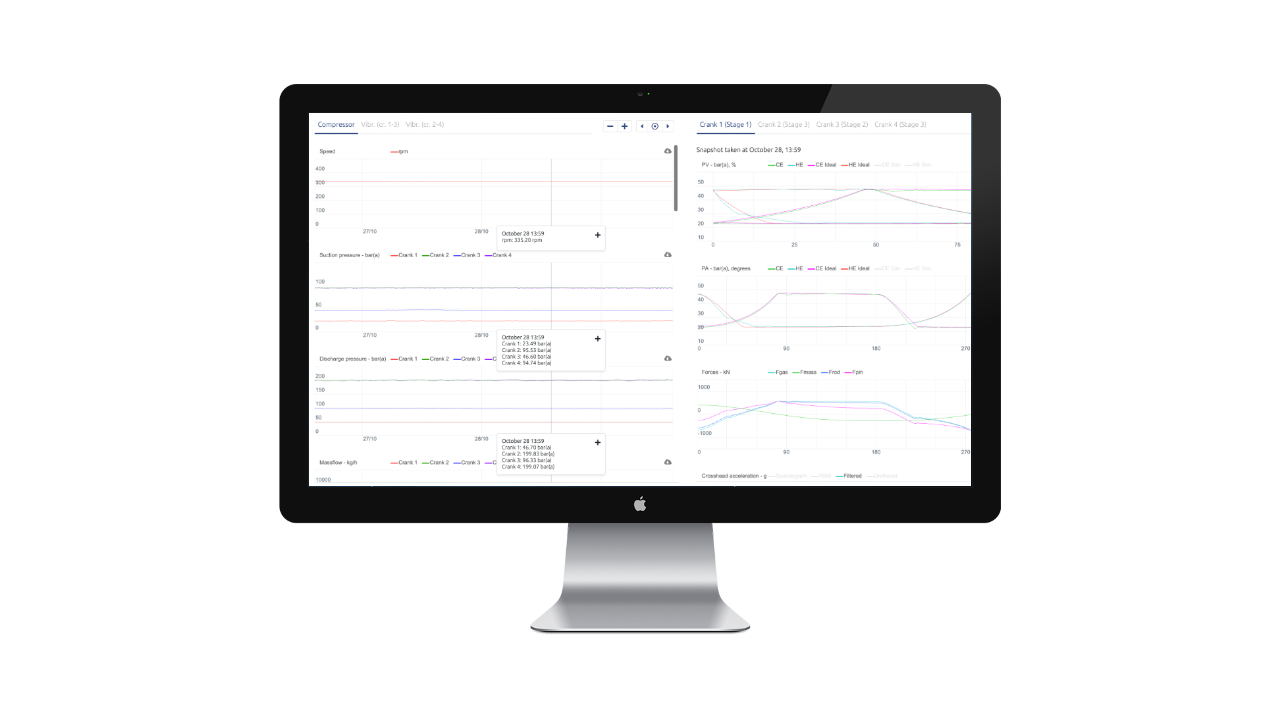
Step 5. Dashboard
Development
A simple and elegant presentation of end-results is the key to making sure deep insights are turned into action. Over many years, IMBU has developed a portal environment that offers full detailed measurement data, but also provides simple and elegant screens, which in turn can be displayed permanently on large monitors. We try to stay as close to the machine as possible, often using actual 3D models obtained from the OEM which are annotated in case there is an issue to report.
We also value keeping base-data always available for end-users to dig-in deeper, if preferred.
Step 6. Implementation & Evaluation
The engineering reality is not always in conformity with the real world. At IMBU, we strive to have prototypes produced and installed into real-life applications as fast as possible. Field-testing always leads to design improvements. Fast iteration loops are key to a quick time to market.
Together with our OEM partners, IMBU strives to specify field-requirements as well as possible. However, we have learned that things happen ‘in reality’ which nobody had foreseen. For a fast time-to-market, it is therefore critical to have prototypes out in the field for testing as early in the process as possible.
IMBU has optimized the speed to run through design iterations by being able to build prototypes in-house and working with an optimized PCB supply chain. Right when we start the design of enclosures and PCBs, we take into account the time required to manufacture them, saving valuable total project time.
Time-to-market
Our iterative and hands on approach enables a quick time to market. Hereafter a typical project schedule as an example:
Idea and Possibility
3 – 36 hours
Concept & Modelling
2 – 10 days
Production & Testing
10 – 20 weeks
Deployment
4 – 12 months
Proven solutions, leading to smarter industrial assets, that perform better & connect OEM with end-user.



